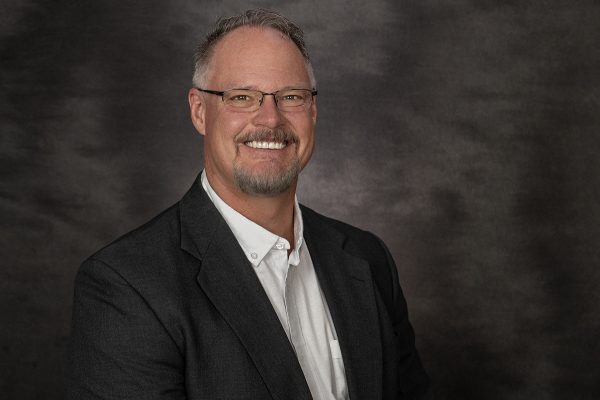Construction is finished on one of the largest network expansions in SDN Communications’ 23-year history.
Office work related to the three-year project will continue into 2013, but field work related to a $25.7 million federal stimulus project was completed Nov. 30.
“I thought it went very well,” Tom Durfee, director of strategic initiatives for SDN, says of the three-year project.
“We have 90 days to wrap up all the paper work and close out the project,” he says.
The result of efforts has been major improvements to South Dakota’s broadband infrastructure.
Final numbers indicate that SDN added 396 miles of fiber-optic line to its network. In addition, 310 more institutions were connected with Ethernet service.
Improvements to the network were made under the federal Broadband Technology Opportunities Program. SDN’s part of the program, called Project Connect South Dakota, was funded by a $20.6 million federal grant and a $5 million contribution from the company.
The grant was awarded in December 2009.
Grant helps improve service in rural areas
The national program was intended to improve broadband infrastructure in unserved and underserved areas, enhance broadband capacity at public centers and encourage sustainable broadband services.
The program helped SDN add schools, libraries, hospitals, clinics, public safety agencies, government offices and National Guard facilities to its high-speed broadband network. In some cases, faster connections were provided to institutions that already were part of the system.
Initially, SDN was expected to add 360 miles of new fiber and connect 305 new institutions, but the totals grew as the project advanced.
“We were able to utilize the delivery more efficiently, so we were able to construct more route miles and connect additional anchor institutions with the same amount of funds,” Durfee says.
A noteworthy example of a stretch that gained improved service was along U.S. Highway 14 between Brookings and Huron in eastern South Dakota, Durfee says. Service to schools in Iroquois, De Smet, Lake Preston, Arlington, and Volga was improved.
Broadband speeds at the schools were increased to 10 megabits per second. That’s more than three times faster than the Internet speed previously available. SDN increased the capacity by replacing limited-service T1 copper lines with fiber-optic infrastructure.
A noteworthy project in relatively remote northwestern South Dakota was the extension of broadband service from McIntosh to Timber Lake.
The federal American Recovery and Reinvestment Act provided the Department of Commerce’s National Telecommunications and Information Administration and the U.S. Department of Agriculture’s Rural Utilities Service a total of $7.2 billion to expand access to broadband services in the United States.
“In the long term, these Recovery Act investments will help bridge the digital divide, improve access to education and healthcare services, and boost economic development for communities held back by limited or no access to broadband – communities that would otherwise be left behind,” according to the National Telecommunications and Information Administration’s BroadbandUSA website.
Work finished on time and on budget
During the construction phase, SDN had up to a dozen crews and 50 construction workers working in the field. The company said in its third-quarter 2012 report to federal officials that the majority of construction had been completed.
The federal government and SDN essentially will co-own the new cable. SDN will operate it.
Being involved in the project from beginning to end was fun, Durfee says. Bad weather and regulatory complications slowed construction early on, but ultimately construction was completed on schedule and on budget, he says.
Bryan Roth, president of SDN’s Board of Managers, has called completion of construction on the stimulus project the company highlight of 2012.
“I think it’s been a great project for broadband in rural South Dakota and throughout the state,” Roth says.



